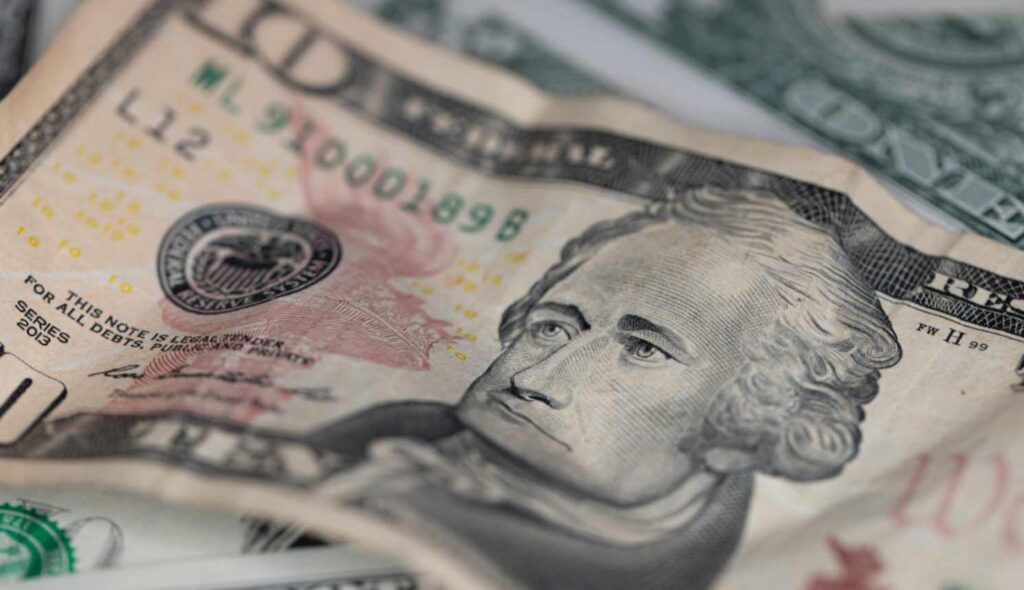Global central banks are rapidly increasing their gold holdings amid growing economic uncertainty and declining confidence in the U.S. dollar, pointing to what some analysts call a generational pivot away from the greenback.
Economist and Euro Pacific Capital CEO Peter Schiff emphasized this trend in a recent note, highlighting gold’s record rally toward $3,900 per troy ounce as evidence of a broader “monetary reset.”
“We’re in the early stages of a monetary reset as central banks move off the dollar standard and back to gold,” Schiff wrote.
Gold just hit another record above $3,843. We’re in the early stages of a monetary reset as central banks move off the dollar standard and back to gold. This shift will end U.S. dollar hegemony, raising our interest rates and consumer prices while lowering our standard of living.
— Peter Schiff (@PeterSchiff) September 30, 2025
“This shift will end U.S. dollar hegemony, raising our interest rates and consumer prices while lowering our standard of living,” he added.
Schiff has consistently warned that the dollar-based global monetary system, established after World War II, is starting to unravel.
While the dollar still dominates as the global reserve currency, central bank behavior is beginning to shift. For the first time since 1996, foreign central banks now hold more gold than U.S. Treasury securities, according to Bloomberg data cited by Barchart.
Foreign Central Banks now own more Gold than U.S. Treasuries for the first time in almost 30 years 🚨🚨🚨 pic.twitter.com/S9BiSNTQjX
— Barchart (@Barchart) September 30, 2025
China has emerged as one of the most aggressive buyers. Since 2022, the People’s Bank of China has added more than 300 tons of gold to its reserves, lifting the metal’s share to over 7% of its foreign exchange portfolio.
For ordinary Americans, the risk lies in losing the country’s so-called “exorbitant privilege,” the unique ability to borrow cheaply and run persistent deficits thanks to global demand for dollars.
If that demand wanes, interest rates could climb, import costs could rise, and the U.S. standard of living could decline.
The dollar is currently in its worst six-month stretch in 50 years, hovering dangerously close to breaking a key support level that has held since 2011.
Among the main factors are inconsistent tariff policies, a deteriorating federal budget outlook, and a global push toward alternative trade arrangements, including initiatives by BRICS nations to reduce dependence on the dollar.
Some analysts caution that fears of an imminent collapse are overblown but acknowledge a long-term weakening of the dollar’s dominance.
“While announcements of the end of U.S. exceptionalism and expectations for a monumental disruption in asset flows now seem overstated, the long-term shift in fundamentals is not,” wrote Federated Hermes portfolio managers Jason DeVito and Mohammed Elmi.
For Americans, reduced global appetite for U.S. Treasurys and dollars could pose serious challenges.
Without strong foreign demand, the U.S. would lose the ability to finance deficits cheaply by exchanging printed dollars for imported goods.
As former Treasury Secretary Larry Summers explained, reflecting on America’s capacity to trade paper for products, “You think that’s a good deal or a bad deal for us? I think it’s a good deal.”



